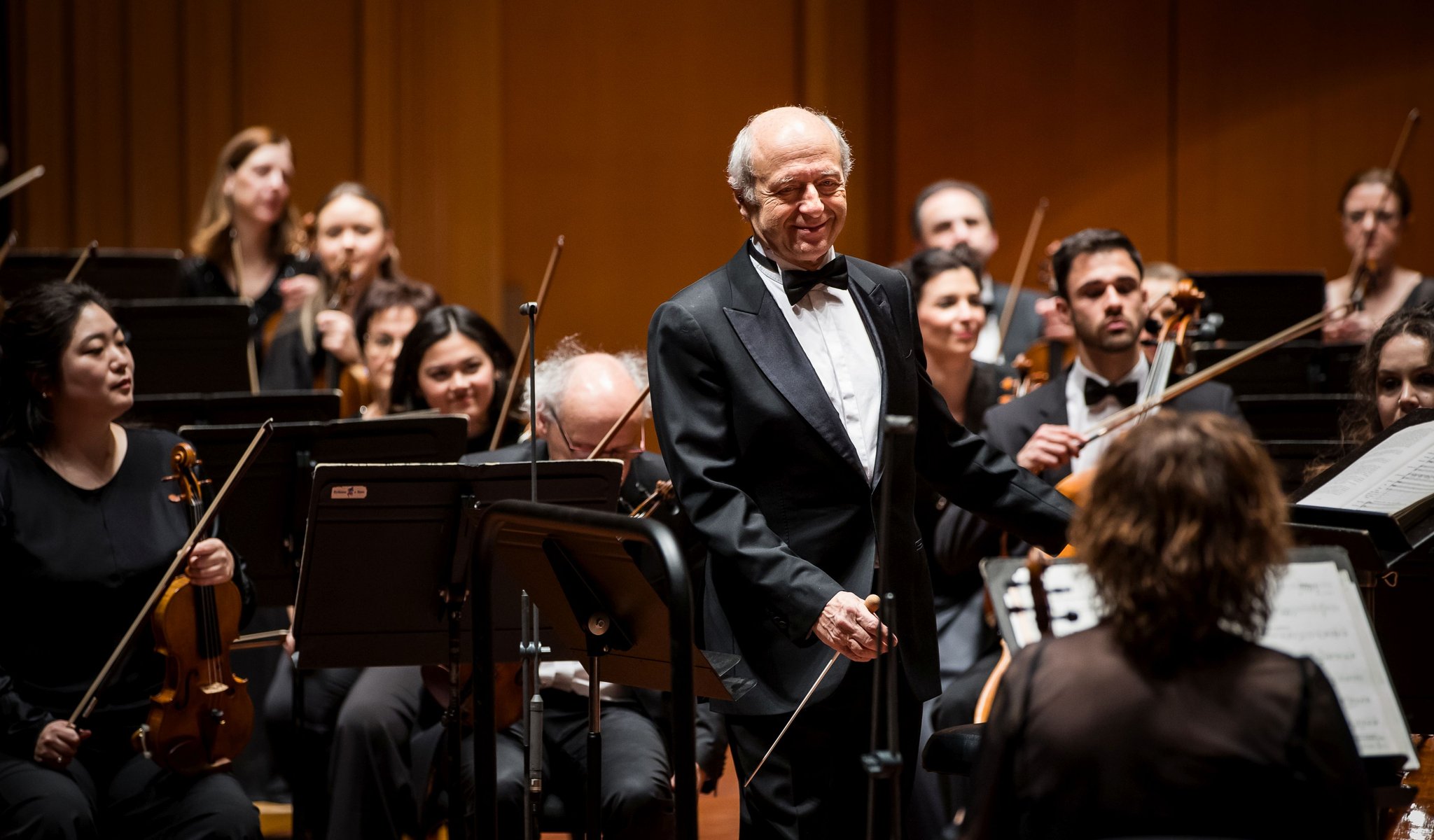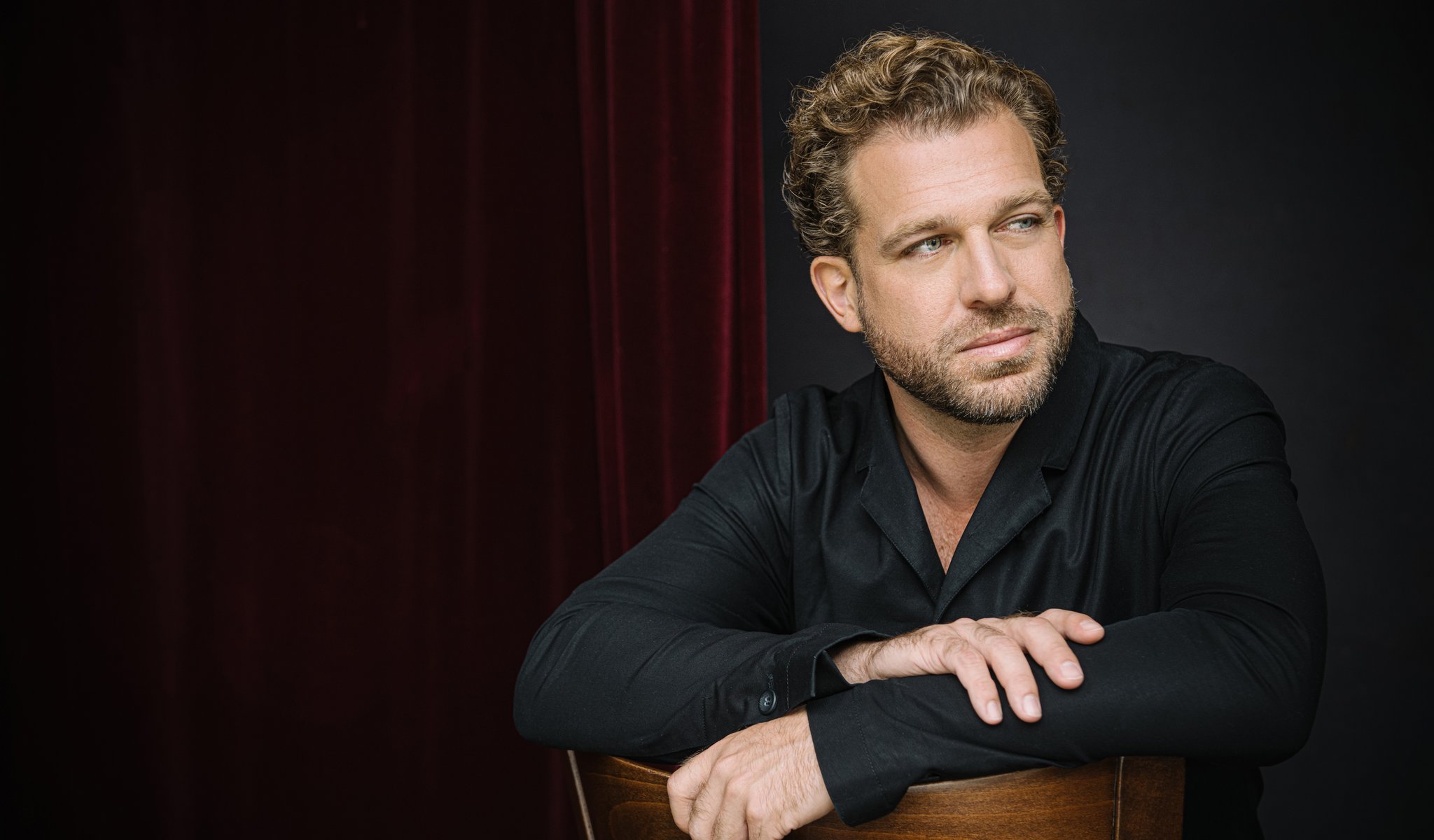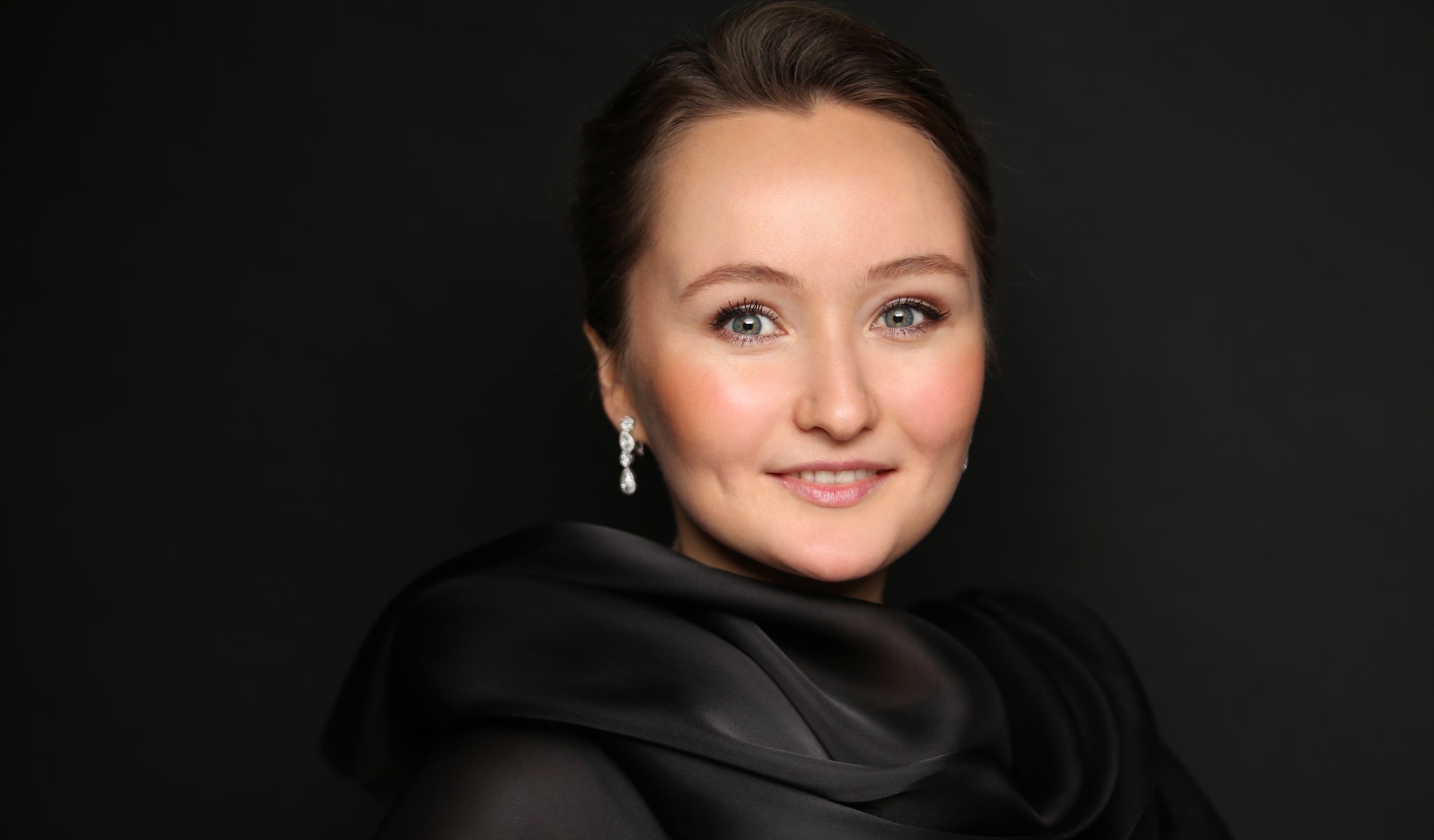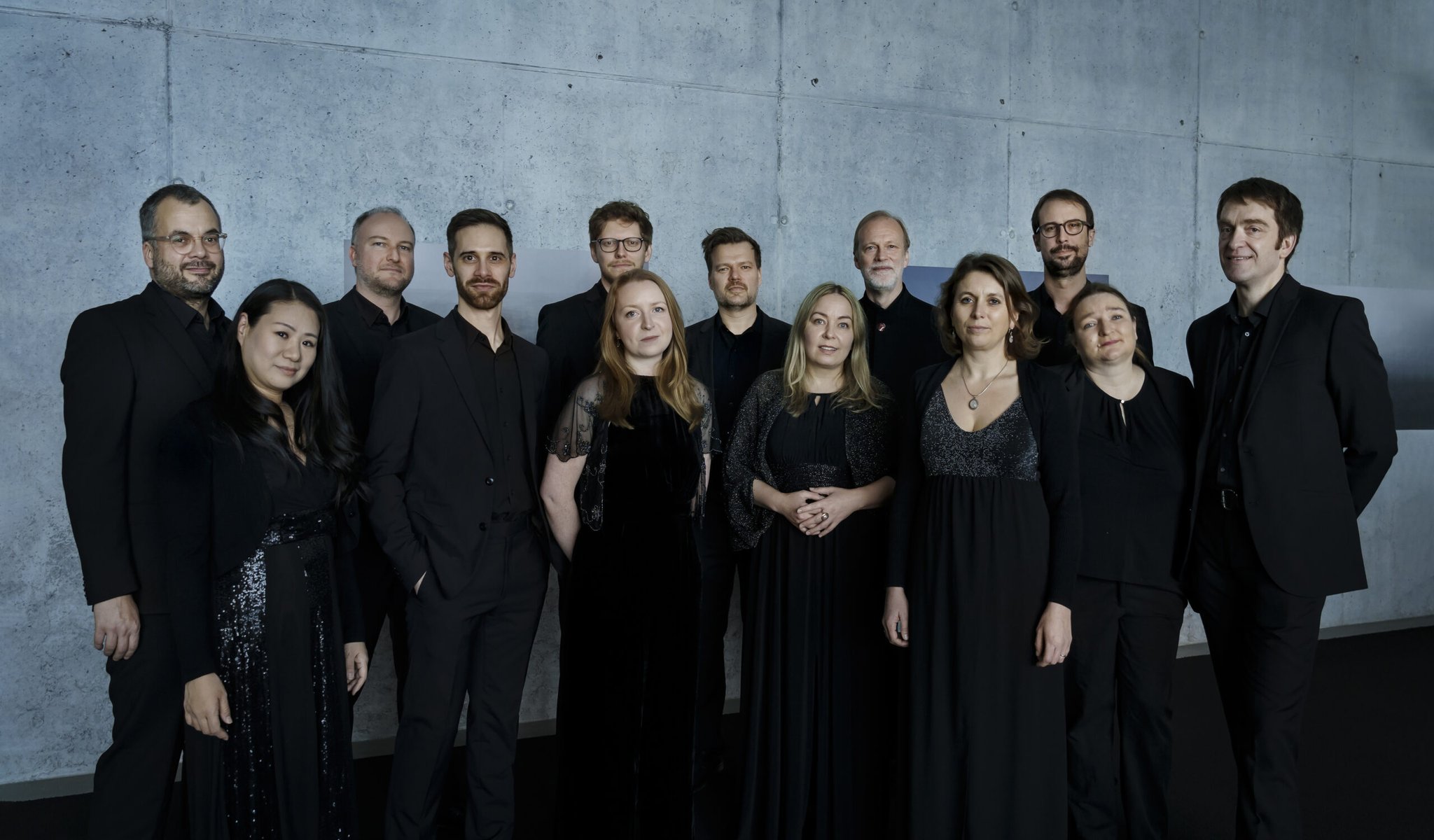



Bach: Christmas Oratorio
Prégardien, Lezhneva, Vermeulen, Müller-Brachmann, Collegium Vocale Gent, Fischer
Program
Featuring
Conductor
Soloist
- Julian Prégardien (tenor)
- Julia Lezhneva (soprano)
- Olivia Vermeulen (mezzo-soprano)
- Hanno Müller-Brachmann (bass-baritone)
With
Choirmaster
Other information
The event is about 1.7 hours long.
About the event
Star singers, a world-class choir and the best-known holiday masterpiece – some of what the BFO has in store for its traditional Christmas concert. The program is no secret this time, and features four cantatas from Bach’s Oratorio, including the first, celebrating the birth of Jesus Christ and the final cantata, exalting the power of the Lord. Julian Prégardien, a sought-after tenor for performances of Bach’s Passion, will take the stage in the role of the Evangelist, articulating the lyrics in his crystal-clear voice. Julia Lezhneva, often described by critics with the terms acrobatic and magical, will sing the soprano part in her angelic voice. Also on stage will be Olivia Vermeulen, whose voice stops even time itself and has been described as “clear as a bell.” The audience will also have the pleasure of hearing the flexible baritone of Hanno Müller-Brachmann. The choir movements will be performed by the Collegium Vocale Gent founded by the legendary Philippe Herreweghe.
The title Christmas Oratorio is somewhat misleading. Not that it doesn’t have to do with Christmas: in terms of topic and lyrics, the piece indeed charts a beautiful course through the holiday period of December 25 to January 6. Comprising six major parts, the Oratorio describes six significant events from the days of Christmas to the circumcision of Jesus, the first Sunday of the New Year and the Epiphany. Johann Sebastian Bach composed the piece in Leipzig for the turn of the years 1734-1735, and because the work was intended for six separate occasions, each of the parts were appropriate as stand-alone pieces. In other words, these are six cantatas, making the work more like a cantata cycle than an oratorio. The sixty-six movements in total tell the story of the birth of Christ through Biblical texts and poetry, including the Annunciation, the Adoration of the Shepherds, the Naming of Jesus and the Adoration of the Magi.
Of the four cantatas to be performed at the holiday concert, the first celebrates the birth of Christ, hailed by trumpets and timpani. The next part delivers an entirely different sound, evoking pastoral music accompanied by oboes and oboe da caccia. This is the only cantata in the piece which begins with an instrumental introduction as opposed to a celebratory choir. In the third part, the shepherds arrive at the manger singing a joyous choral piece and the fanfare-like instrumentation of the first cantata. In the final part, which later appeared as a stand-alone cantata as well, the three wise men and Herod also appear, with the same choir as before singing a majestic ode.
Like the Passions, Bach’s Christmas Oratorio also includes alternating texts from the Gospels and texts reflecting on them. Bach was likely assisted by his regular creative partner, Christian Friedrich Henrici, known as Picander, in drafting the poetic contemplations, but Bach himself also took the pen for writing the libretto. The words of the Evangelist are performed as a recitativo secco; the angels are heard over the sound of strings; and the liturgical songs are performed as four-part choral interpretations, composed beautifully and in a complex way, as is the norm with Bach. The composer set the poetic lyrics to music as recitatives with instrumental accompaniment and as arias. The latter are all original compositions, unlike many of the choral movements, which Bach borrowed from his earlier secular cantatas, and his lost Mark’s Passion. The atmosphere of the movements composed earlier as birthday greetings is an excellent match for the eruption of joy at the birth of the savior. From a musical perspective, the piece is a highly cohesive whole, a trait further strengthened by the use of D major keys as well as the frame-like recurrence of the first choral melody in the final movement.
Did you know? Bach’s Christmas Oratorio premiered in Leipzig between December 25, 1734 and January 6, 1735; this will be the first performance by the orchestra of Cantatas 1, 2, 3 and 6
Contemporary events Swedish scientist, philosopher and theologian Emanuel Swedenborg published his three-volume work Opera philosophica et mineralia in 1734 / French painter Jean Siméon Chardin created his painting The House of Cards in 1734 / German composer George Frideric Handel’s Italian-language opera seria Alcina premiered at Covent Garden in London on April 16, 1735 / British prime minister Robert Walpole became the first holder of the office to use the residence at 10 Downing Street, relocating there in 1735 / German composer Georg Philipp Telemann’s collection of 12 fantasias for viola da gamba was published in Hamburg in 1735